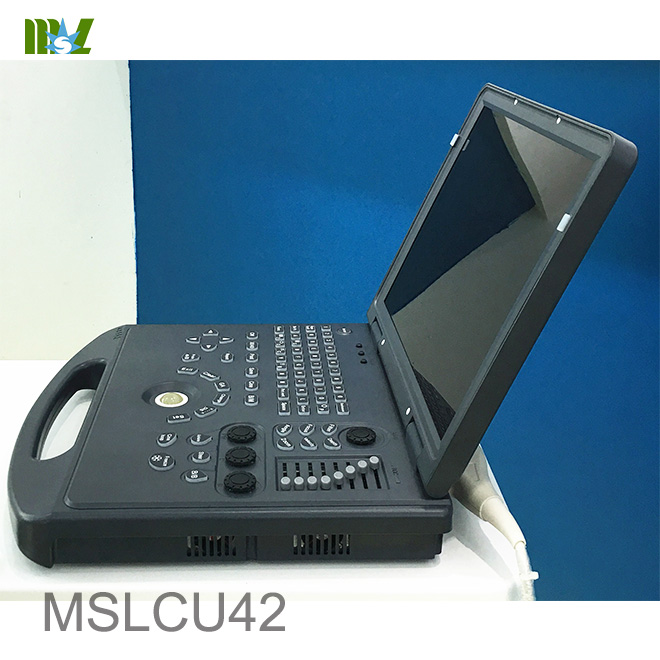
All men diagnosed with TM underwent complete clinical evaluations, physical examinations and determination of tumor markers. A screening genito-urinary history was obtained and a physical examination and screening scrotal ultrasound scan were performed. Healthy male volunteers (17 to 42 years old) were recruited from the annual Army Reserve Officer Training Corps training camp at Manisa, Turkey. In a prospective study, these researchers determined the prevalence of TM in an asymptomatic population by means of ultrasound screening. It is believed that TM is strongly associated with testicular tumor. Serter et al (2006) noted that testicular microlithiasis (TM) is a rare, usually asymptomatic finding of the testes associated with various genetic anomalies and infertility. The high prevalence of testicular malignancies underscores the importance of routine scrotal ultrasonography in infertile men. Routine scrotal ultrasound has been reported to provide valuable information in the diagnostic evaluation of infertile men and substantially more pathological conditions are detected compared to clinical palpation. It should be noted that intra-abdominal testes can not be located with ultrasound. Other indications for scrotal ultrasonography are detection of undescended (cryptorchid) testes, and evaluation of infertile men. The prediction of testicular viability following trauma is essential for proper treatment.

Testis rupture must be diagnosed rapidly and color Doppler ultrasound can be used to evaluate perfusion of the testis. Color Doppler ultrasound is also used in the evaluation of traumatized scrotum. Sonographic identification of calculi in the hydroceles may prevent further imaging and unnecessary surgery. Patients with hydroceles large enough to prevent adequate palpation of the testes should undergo scrotal ultrasound. It has also been shown that color Doppler ultrasound is more accurate and reliable than physical examination in conjunction with gray-scale ultrasound (which is non-specific and can’t be used to diagnose testicular torsion) in the differential diagnosis of acute scrotum. Varicoceles can be diagnosed by showing intra-scrotal veins larger than 2 mm. In fact, color Doppler ultrasound is the method of choice for imaging scrotal organs, and allows more objective and precise assessment of varicoceles. Since the clinical appearances of these conditions are often similar to that of testicular torsion, imaging is frequently performed to help with diagnosis.

The vast majority of boys who exhibit acute scrotal symptoms have non-surgical conditions, usually epididymitis or torsion of the appendix testis. The main indication for color Doppler ultrasound (which can reveal scrotal blood flow) is assessment of acute scrotal symptoms (pain or swelling), especially in the diagnosis of suspected testicular torsion. Scrotal ultrasound is characterized by high sensitivity in the detection of intra-scrotal abnormalities and is a very good mode for differentiating testicular from para-testicular lesions.

Scrotal ultrasonography has been demonstrated to have a clinically significant impact on urologists’ diagnoses of scrotal abnormalities and disorders. Aetna considers scrotal ultrasonography experimental and investigational for surveillance of testicular microlithiasis in the absence of additional risk factors (e.g., a history of cryptorchidism or testicular atrophy (less than 12 ml), previous testicular cancer).Īetna considers scrotal ultrasonography experimental and investigational for all other indications because of insufficient evidence of its clinical value for other indications.


 0 kommentar(er)
0 kommentar(er)
